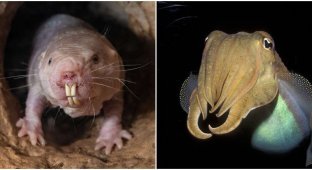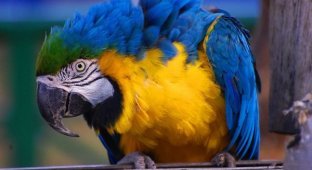A Baby Jellyfish Almost Solved the Riddle of Eternal Life and Sent Death on an Indefinite Vacation (8 photos)
Since the dawn of civilization, the best minds of humanity have been struggling with the riddle of eternal life. Or looking for a way to at least prolong youth as much as possible. 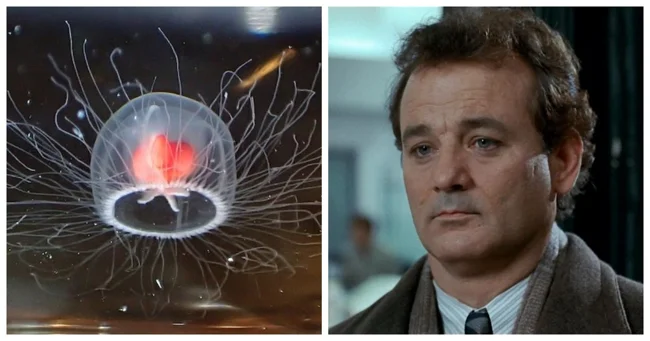
To hell with philosopher's stones and immortality elixirs - nature has already solved this problem for us. True, it did not do it quite as we expected. Imagine a creature the size of a button, transparent, almost invisible, but capable of deceiving time itself. This is not a horror movie script or a fantasy of a science fiction writer - this is Turritopsis dohrnii, or, as it is affectionately called, the "immortal jellyfish". She doesn't just live a long time - she can return to the stage of youth and start all over again. The baby is a kind of perpetual motion machine from the world of the deep sea.
Eternal baby 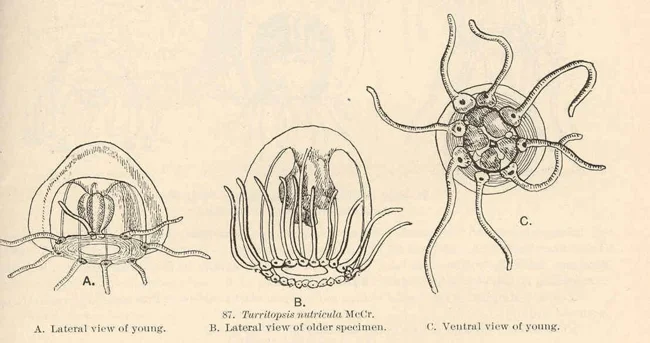
The "immortal jellyfish" is now considered a separate species, Turritopsis dohrnii
Turritopsis dohrnii - sounds like the name of an alien ship. In fact, it is a microscopic jellyfish, only 4-5 millimeters in diameter. Its translucent body is decorated with a delicate pink or scarlet spot, and tentacles snake along the edges, the number of which can vary from 8 to 90 (as if someone not quite reasonable decided to assemble it from a construction set).
Despite its miniature size, the jellyfish has an amazing ability: it can restart its life cycle, like a computer that has frozen after a system update. 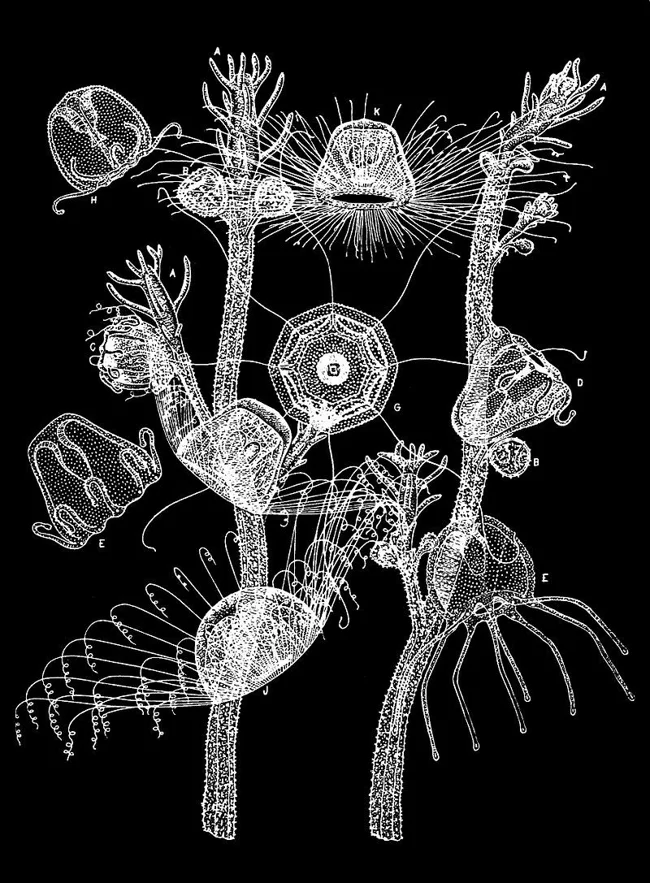
Life cycle of Turritopsis
The sly one lives in the warm waters of the Mediterranean Sea, the Caribbean and off the coast of Japan, but thanks to sea currents it can be found even in cooler regions. As they say, small but mighty!
How it works: the secret of eternal youth 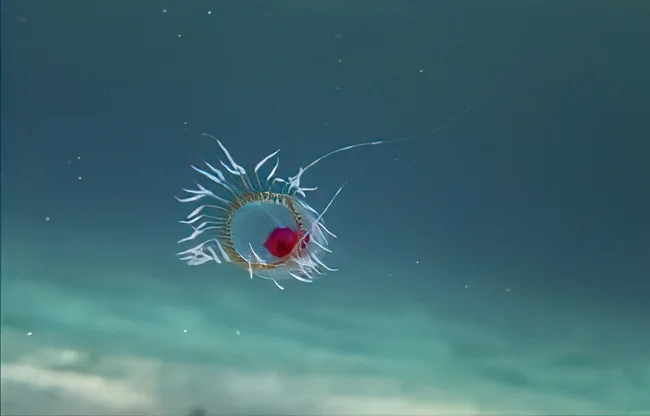
The main feature of the immortal jellyfish is its unique transdifferentiation mechanism. To put it simply, it can "roll back the patch", returning from the adult form back to the bottom polyp. When the jellyfish encounters stress - injury, danger, hunger or bad mood, its cells begin to transform.
The adult jellyfish literally turns into a polyp, which then grows back into an adult. This process can be repeated endlessly, making Turritopsis dohrnii a real champion in reprogramming. 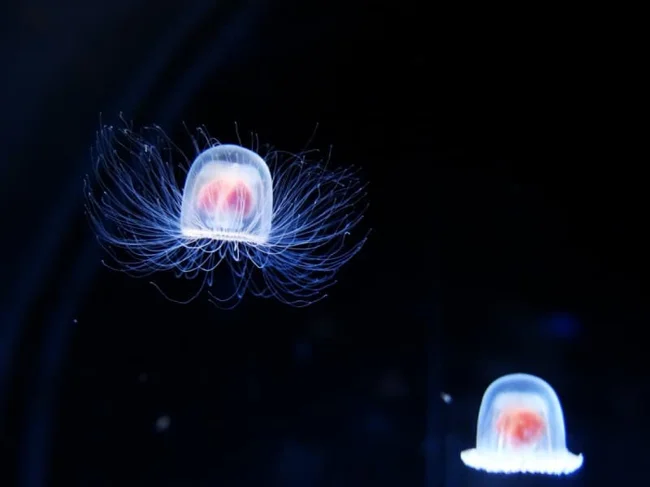
The first observations of this phenomenon were made in 1988 by German biologist Christian Sommer. He noticed that some jellyfish, instead of going to the other world with dignity, return to the polyp stage. Laboratory experiments have confirmed that the process really works. True, scientists cannot yet say exactly how many times a jellyfish can renew itself. But so far no one has seen it tired of this endless carousel.
What does this mean for humanity? 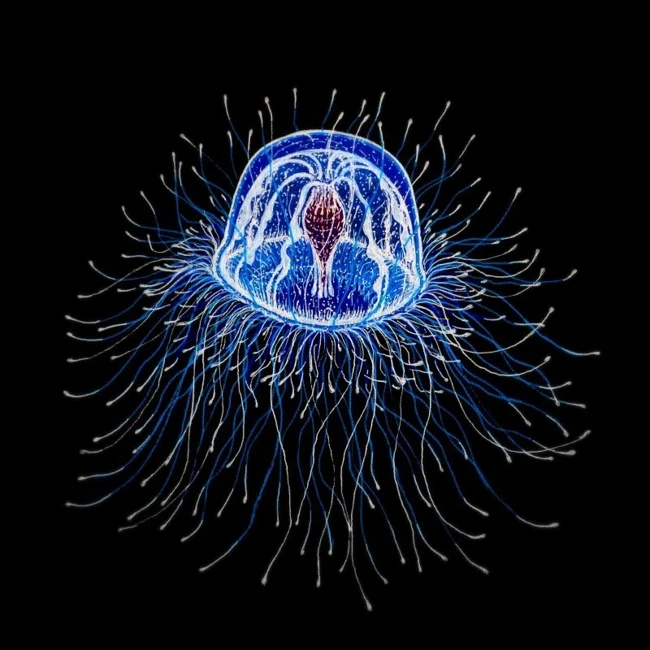
The discovery of the immortal jellyfish has caused a furor in the scientific world. Research into its transdifferentiation mechanism may be the key to understanding the processes of aging and regeneration in humans. Scientists are already working on hypotheses that will help treat damaged tissue, grow organs, and slow down age-related changes.
Of course, we are still a long way from creating the elixir of youth. But who knows - perhaps in a couple of decades we will be able to reboot without any problems, like this little sly one.
Other interesting facts 
And such nonsense every day...
Not everything is so rosy. Yes, the jellyfish is immortal in theory, but in reality it is still threatened by predators, diseases and environmental problems. So its immortality is rather relative.
Record holder. In 2011, Turritopsis dohrnii got into the Guinness Book of Records as the only immortal animal. It's not every day you meet such a record holder!
One of a kind? Although the jellyfish is unique, there are other organisms with amazing regenerative abilities. For example, axolotls, which can restore lost limbs. But only Turritopsis can start living anew, like the hero of the movie "Groundhog Day". 
The immortal jellyfish is a reminder that nature often outstrips human imagination. A small, almost invisible creature that can cheat old age - isn't that inspiring? Perhaps one day its secret will help us defeat aging and disease. In the meantime, we can only admire this miracle of evolution and dream of how one day we too will learn to do such things.
















